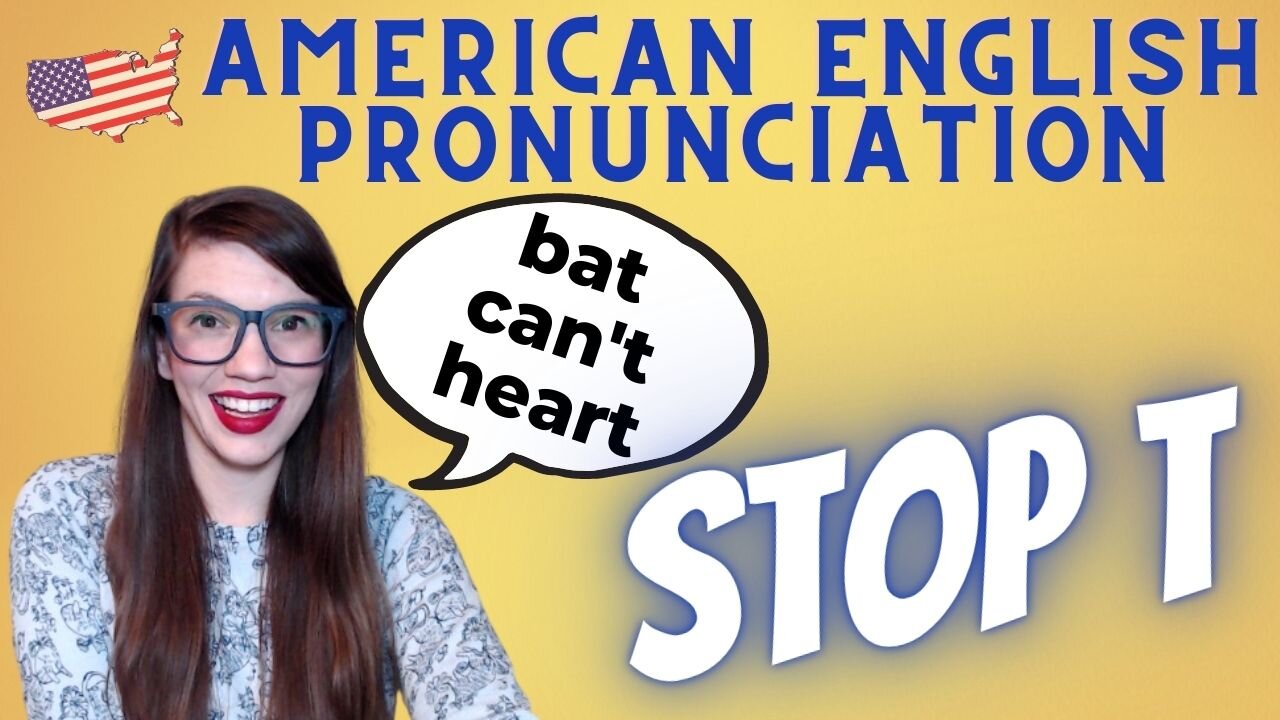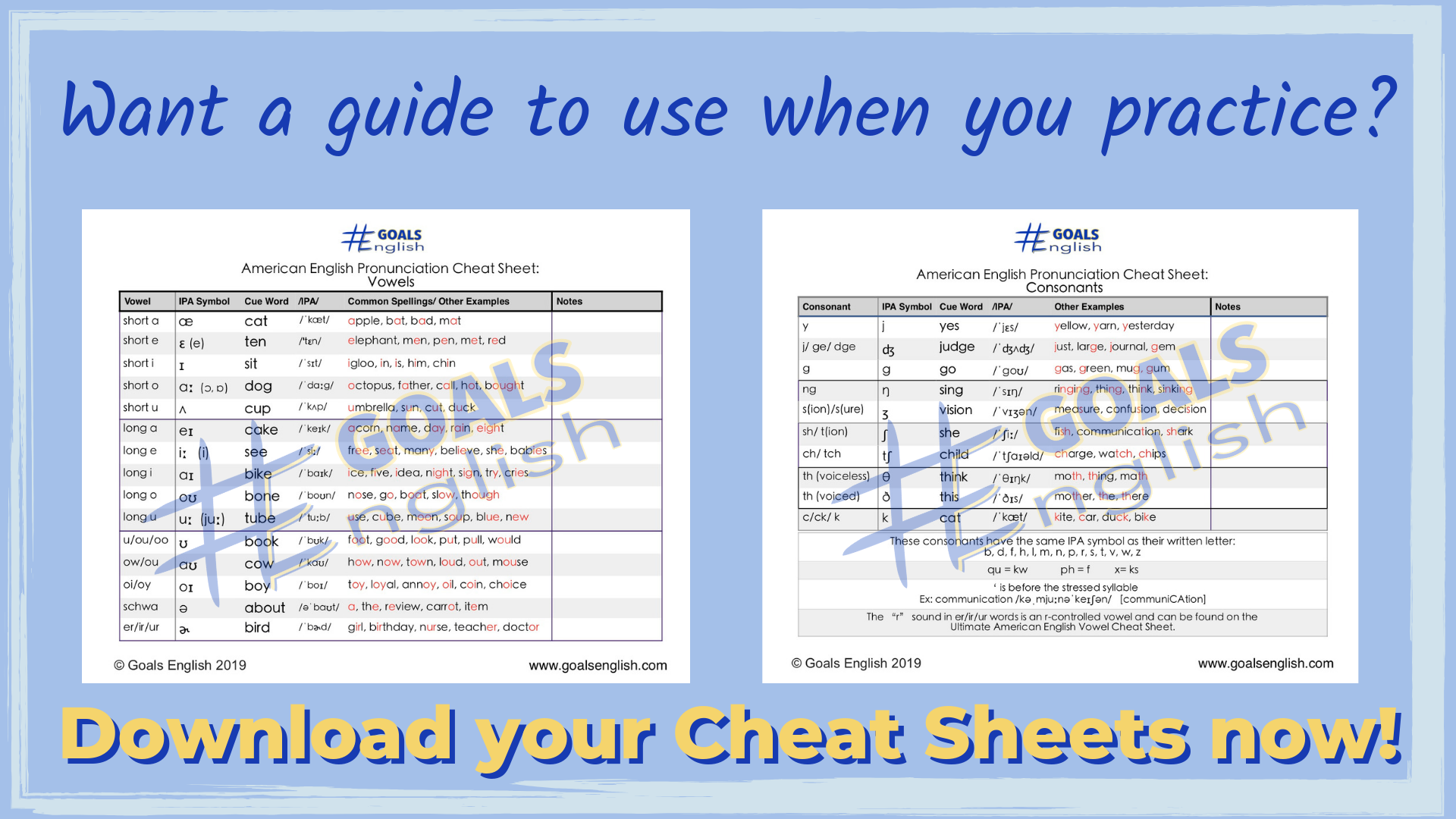The Stop ‘t’ in American English: Use and Pronunciation
There are Several Different ‘t’ Sounds in English
The different ‘t’ sounds in American English can be challenging to students learning English because the pronunciation can change depending on what sounds come after the ‘t.’
To make matters more complicated, we can usually rely on the IPA symbols (International Phonetic Alphabet) to help us distinguish between different vowel sounds, but it does very little to help us know which type of ‘t’ sound to make because most of the time the IPA symbol will be /t/ whether it's a regular t, stop t, flap t, or even pronounced like a ‘ch.’
In a past lesson, I did an overview of the different ‘t’ sounds in American English, so you can check that out if you aren’t familiar with them.
In this lesson, I wanted to focus specifically on the stop ‘t’ sound, also sometimes called the held ‘t’ sound, and teach you how to pronounce it, and when to use it.
When to Use the Stop ‘t’ in American English Pronunciation
Generally, a stop ‘t’ will happen at the end of a word.
The stop ‘t’ can be heard at the end of a word or syllable, most often when there is a vowel before the ‘t’ as in “cat” or an ‘n’ before the ‘t’ as in “can’t.”
A stop ‘t’ is made the same way as a regular ‘t’, only you don’t let the air out. In technical terms, it’s a ‘t’ that isn’t aspirated.
You will not use a stop ‘t’ when the ‘t’ follows an ‘s’ such as in the word “best.” In these cases the ‘t’ will be fully aspirated, just like a regular ‘t.’
Let’s compare regular ‘t’ and stop ‘t’
First, let’s listen to the word “cat” if I were to end it with a regular ‘t’ sound that is aspirated, meaning the puff of air comes out:
This is the sound we don’t want. We don’t need to release the air when we pronounce the final ‘t’ in “cat.”
Listen to how the word “cat” sounds when pronounced with a stop ‘t.’
Ideally, this is how we want to say the word “cat” when the word is alone or followed by a consonant, but it will change depending on what sounds comes after. Let’s look at some sentences as examples so you can see what I mean:
For example:
The cat was sleeping.
In this sentence, the word “cat” will have a stop ‘t’ because it is followed by a consonant. When there is no linking, we use the stop ‘t.’
Sometimes a Stop ‘t’ Changes to a Flap ‘t’
Unfortunately, this rule does not apply if you have a vowel following the word and use linking (connected speech). In these cases, the stop ‘t’ will most often change to a flap ‘t.’
For example:
The cat isn’t here.
The ‘t’ at the end of “cat” in this sentence will sound more like a soft ‘d,’ creating a sound we call the flap ‘t,’ because we will link it with the word “isn’t.”
*Note that the word “isn’t” also ends with a stop ‘t.’
Now, if you want to pause between “cat” and “isn’t",” perhaps for dramatic effect, then you are back to pronouncing the word “cat” with the stop ‘t.’ It all depends on the way you are saying the sentence.
Listen to how this sentence sounds when we don’t link “cat” and “isn’t”:
Practice Pronouncing the Stop ‘t’ in American English
Now that you have a basic idea of the difference between a regular ‘t’ (usually at the beginning of a word) and a stop ‘t’ (usually at the end of a word), watch this video to get more example words and practice.
For the best results, repeat after me, and watch this video several times so you can master the pronunciation of the stop ‘t’ in American English:
How to Pronounce Can vs. Can’t in American English
For even more practice, I have created a video specifically for you to practice the difference between the “-an” as in “can” with the “-an’t” (an + stop ‘t’) as in “can’t.”
Not being able to correctly pronounce these two basic words in English can lead to a lot of confusion, so be sure to practice these as well!
If you liked these lessons and want to find out when I post new lessons like these, please sign up for my mailing list. As a free gift, you will receive a copy of my printable English pronunciation cheat sheet. It will show you the sounds of American English, their IPA symbols, and example words to help you more clearly understand and track the sounds you are learning.







